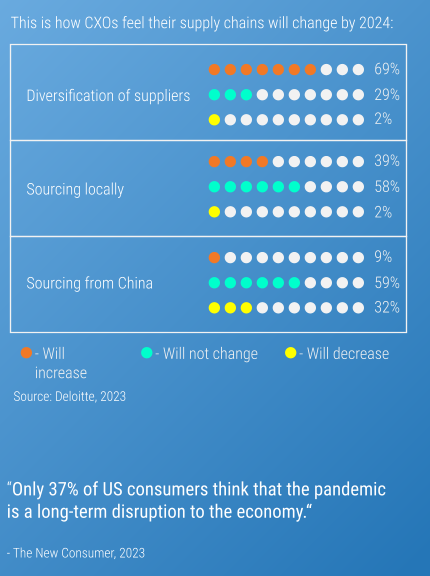The manufacturing industry faces a volatile demand landscape punctuated by new consumer behaviors, stalled global supply chains, prolonged product shortages, and a dramatic shift to online retail. Demand planning and forecasting have never been an exact science, but today’s post-pandemic environment requires a modern approach that is definitely more science than art.
CIOs have a strategic opportunity to drive optimized demand planning with a fit-for-purpose demand planning system and a holistic view of planning philosophy and performance management.
Improve demand planning maturity for top-line and bottom-line results
To advance the maturity of the manufacturing demand planning ecosystem, organizations should address gaps across performance management, analytics, and data and systems:
- Graduate to integrated business planning (IBP), demand excellence, and collaborative planning, forecasting, and replenishment (CPFR).
- Apply quantitative methods powered by machine learning.
- Deploy the right mix of key performance indicators (KPIs) to monitor planning performance.
- Deploy built-for-purpose demand planning software.
- Integrate software with critical data sources and other supply chain systems.
This research maps the demand planning journey to help manufacturing CIOs optimize their organization’s efforts – with the right framework and the right technology.
Member Testimonials
After each Info-Tech experience, we ask our members to quantify the real-time savings, monetary impact, and project improvements our research helped them achieve. See our top member experiences for this blueprint and what our clients have to say.
9.0/10
Overall Impact
$68,250
Average $ Saved
14
Average Days Saved
Client
Experience
Impact
$ Saved
Days Saved
Ingham’s Enterprises Pty Ltd
Guided Implementation
9/10
$68,250
14
Very relevant research that will assist with framing our thinking in regards Demand Planning / Supply Planning tools and processes.
TEKsystems
Guided Implementation
9/10
N/A
N/A
Valuable in assisting me recognize cross industry translation of demand management.




















